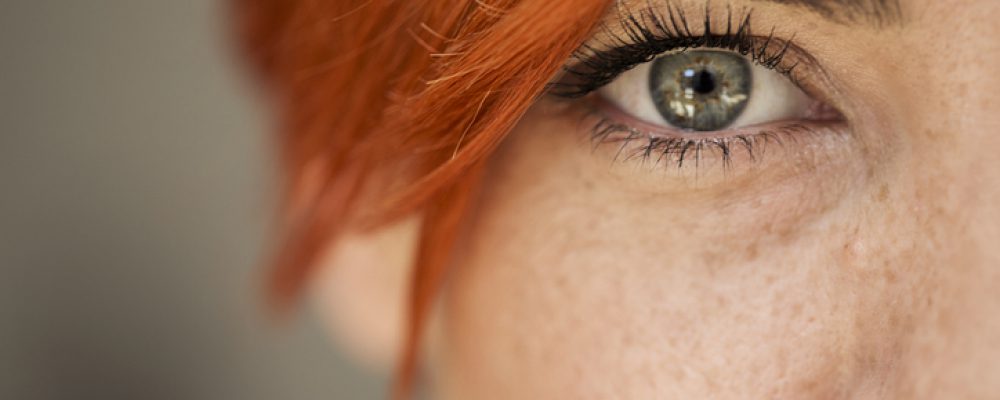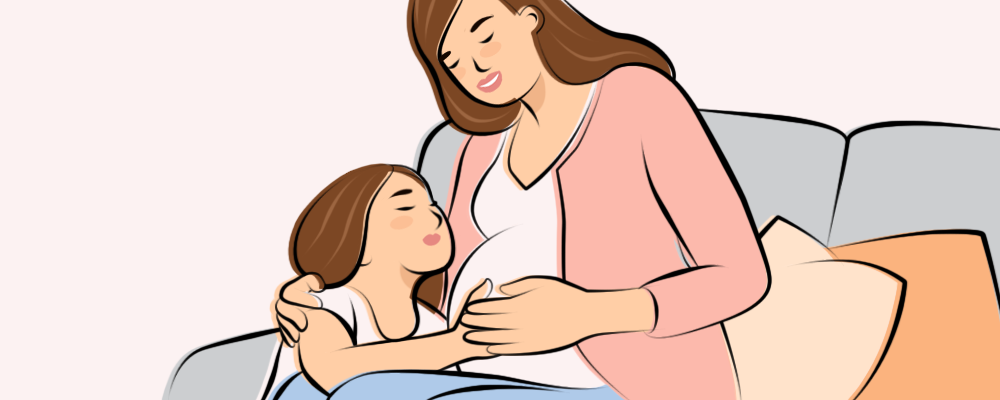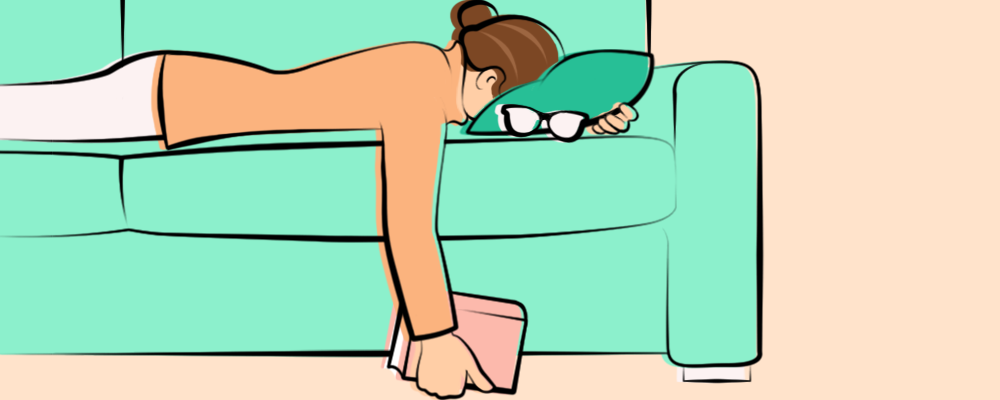Living with migraines can be both painful and unpredictable. But there are ways of managing triggers and symptoms, to alleviate the disruption a migraine attack has on your day-to-day.
One of the first steps is to understand more about your condition — what type of migraine you tend to suffer from, for example, and what may be causing them for you.
After all, there can be a great deal of overlap between different migraine types and confusing medical information online can muddy the waters and leave migraine sufferers feeling lost at sea.
Whether you think you have migraine with aura — a common type of migraine, affecting around 25% of migraine patients — or the rarer ocular migraine, this article will help you understand and take control of your condition.
What is migraine with aura?
Migraine with aura is common amongst migraine sufferers, but it’s still very unpleasant.
Aura symptoms, listed below, tend to announce a migraine attack. This means difficulties seeing, speaking and moving may develop right before a migraine takes hold, dissipating after anywhere between 5 to 60 minutes.
- During the aura phase, some or all of the following symptoms may arise:
- An unstable ring of colored light around a flickering blind spot in the center of your vision
- The blind spot itself can cross your field of vision, from one eye to the other
- Colored lights may appear to shimmer and flash in both eyes
- Sensations of numbness and/or tingling on one side of your body
- Speech can be affected, such as slurring speech or struggling to find the right words.
Of course, aura symptoms can be unpleasant enough on their own. But for the vast majority of patients this phase is followed by a migraine attack, which can last between 4 to 72 hours.
In very rare cases, there’s such a thing as ‘prolonged aura’, where no headache follows.
How does migraine with aura compare to ocular migraine?
An ocular migraine is defined by the visual disturbances that come with it.
And herein lies the difficulty of telling an ocular migraine from a migraine with aura — both types of migraine will cause similar sensory symptoms, including blurred vision, blind spots and flashing lights.
But there is one key difference between ocular migraine and migraine with aura: ocular migraines usually do not result in a headache. Once the visual disturbances have stopped, that is the end of the attack.
A subtype is retinal migraine: here the symptoms will only occur in one eye. If you’re not sure which type you have, you can try covering one eye to see whether both eyes are affected or just one.
People suffering from ocular migraines can worry that something more serious is taking place, such as a detached retina or a stroke. However, it’s worth noting that these sensations are not indicative of anything more severe and an ocular migraine on its own is usually harmless.
That being said, both types of migraines can interfere with your routine and make certain tasks unsafe or even impossible. For example, reading, writing, using a computer, operating machinery, and driving are out of the question almost entirely during a migraine.
If either kind of migraine occurs while you’re at work or enjoying a day with family or friends, you will need to find a quiet space to try to relax until the migraine runs its course. Pull over to the side of the road, sit in a dark room, lie down — do what you have to do, to put yourself and others out of harm’s way.
Of course, worrying about your migraine (ocular or not) can trigger anxiety and stress, further impacting your quality of life — and increasing the probability of further migraine attacks. So try to stay calm, if you can!
What causes ocular migraine?
Some experts believe that ocular migraines are caused by weakening of the nerve in the retina, leading to problems with blood circulation. Others believe spasms in the eye’s blood vessels are what causes ocular migraines, brought on by the following:
Hormones
Estrogen affects blood vessels and blood pressure, and is considered to play a role in causing migraines as a result. What’s more, estrogen also controls the brain’s connection to pain. Hormone levels will fluctuate due to menstrual cycles, menopause, and pregnancy, which can bring migraines on.
Taking prescribed oral contraceptives may lead to hormonal changes, too.
Family history
Genetics can be responsible for migraines. A family history of ocular migraines tends to increase your chance of experiencing them, though it’s not a guarantee — so don’t go blaming your parents just yet!
Known triggers
Multiple triggers for ocular migraines have been identified, though they can differ from one person to another.
Triggers include:
- Loud noises
- Bright lights
- Strong smells (including perfumes, cigarette smoke, etc.)
- A change in weather
- Excessive caffeine
- Soy-based foods, mature cheeses, and other products containing tyramine (an amino acid responsible for regulating blood pressure)
- Dehydration
- Feeling anxious or stressed
- Alcohol (commonly red wine)
- Fast or spicy foods, or any others likely to contain monosodium glutamate (MSG, a flavor enhancer)
Identifying factors that trigger ocular migraines can be difficult, but making notes of your food, activity levels, menstrual cycle, and stress levels whenever a migraine strikes can help.
Over time, you’ll be able to recognize which triggers affect you most, and find ways to cut them out of your life.
What to do if you suspect you have ocular migraine
As ocular migraines can make it feel like a more serious medical issue is taking place , it’s easy to become stressed when they start to occur. And whilst there is a small danger that the vision loss caused by ocular migraines becoming permanent, there’s generally very little cause for real concern.
If you believe you’re experiencing ocular migraines, make an appointment to see a doctor as soon as possible. They will ask you about the symptoms you tend to experience, the frequency at which they occur, the level of pain they cause, and your overall health.
Your doctor might recommend a number of tests, such as an MRI or eye examination. They do this to rule out underlying problems (particularly stroke or eye disease) as early as they can, and eliminate causes for concern.
Medication and other treatments
A doctor may prescribe a range of migraine treatments, such as:
- Anti-nausea medications, to help keep you from vomiting or feeling unwell
- Aspirin or other painkillers to minimize discomfort when migraines strike
- Beta-blockers, which can cause the brain’s blood vessels to relax
- Anticonvulsants to help reduce the risk of migraines
Other ocular migraine treatments may be recommended, based on the level of pain your migraines cause, your medical history, your age, etc. It’s best to be honest with your doctor to ensure they have the information they need to diagnose your condition accurately and quickly.
Understanding the difference between migraines with aura and ocular migraines can make finding help from a medical professional easier. It also reduces the amount of fear you may experience over deeper issues associated with ocular migraines.
If you recognize any of these aura or ocular migraine symptoms, speak to a doctor to discuss preventative or coping techniques.
Various steps, from lifestyle changes to ongoing medications, could make a major difference, and help you take back control of your day-to-day well-being.




